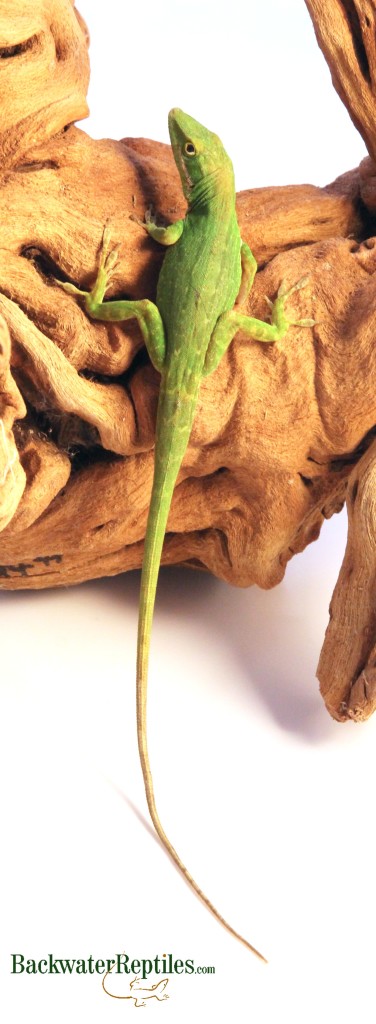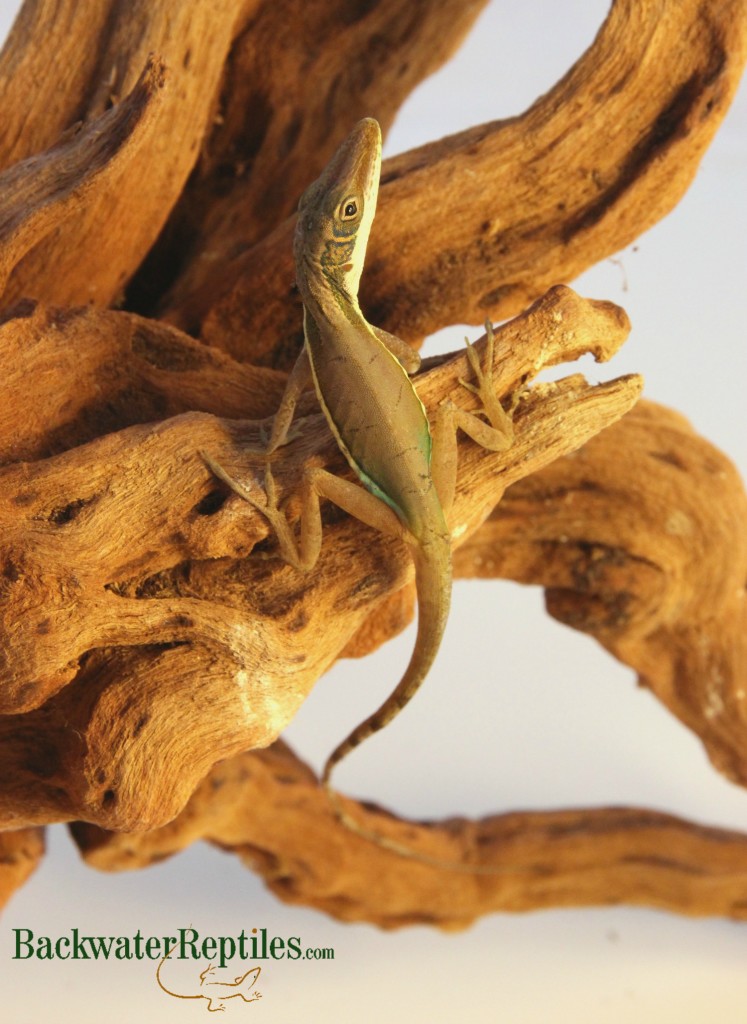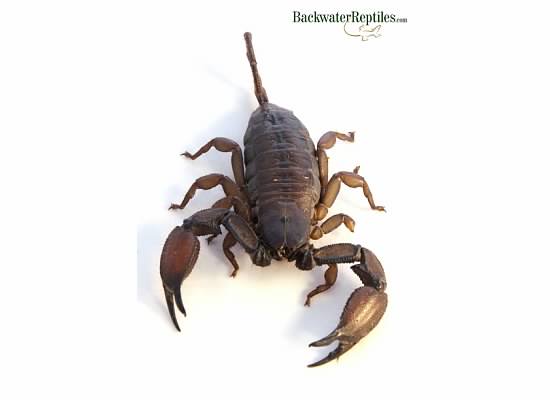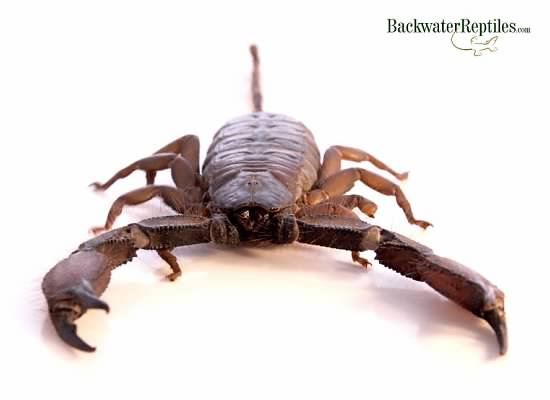Ever wonder what the difference is between frogs and toads?
Frogs and toads are very similar animals after all and both are in fact amphibians. So what differentiates these two animals from one another? Read our Frogs vs. Toads blog post to find out!
Frogs vs. Toads – Proximity to Water
One difference between frogs and toads is that frogs live in or near a water source. Toads, on the other hand, can live on land in dryer environments, although they do still need a certain degree of moisture present to thrive.

Frogs will actually spend most of their time in the water and are adept swimmers. Toads prefer to be on land and are not very graceful in the water.
Frogs vs. Toads – Physical Differences
There are a number of physical differences in the way frogs and toads are built that also help differentiate them from one another.
Frogs have smooth, moist skin, while toads have rough, bumpy skin that is often dry.

The hind legs of frogs are very long, graceful, and powerful because their main method of locomotion is jumping. Toads tend to have shorter, stumpier legs that enable them to walk or hop instead of jump long distances.
Frogs are generally lean, athletic-looking amphibians, whereas toads tend to have bodies that make them appear squat and out of shape.
A toad’s eyes are usually shaped like a football, but a frog has round, saucer-like eyes. A frog’s eyes will also bulge out a bit from its skull, while a toad’s eyes will not bulge.

Most frogs also possess some kind of teeth. Some frogs have vomerine teeth, which are located on the roof of the frog’s mouth. Other frogs might have maxillary teeth in addition to (or in place of) the vomerine teeth. This distinguishes them from toads, which have no teeth.
Frogs vs. Toads – Behavior
The main difference in behavior between toads and frogs is the amount of time each animal spends in the water. As mentioned earlier, most frogs prefer aqueous environments, whereas toads live on dry land.

Both toads and frogs are omnivores and eat everything from worms, crickets, and roaches to algae and pond sediment.
When it comes to reproduction, frogs lay their eggs in clusters very near to a water source as the tadpoles need to hatch into a watery environment. Toads will often lay their eggs in long chains. The young of both frogs and toads need to be born/hatched near water to survive.
Frogs vs. Toads – Toxicity
Both frogs and toads can be poisonous, however only toads possess poison glands behind their eyes.
Frogs, such as the Poison Dart Frog, can exude a poison through their skin. Scientists are currently unsure of what causes these frogs to be able to secrete such a poison, but they believe it to be something the frogs generate from plants or food in their wild habitats since the captive bred frogs are not toxic.

A toad’s toxicity comes from the poison glands behind its eyes. Whenever a toad feels threatened, it can secrete poison through its skin. This poison can then be ingested by a predator or come into contact with the skin of another animal (even a human handler) and cause irritation.
The same gland behind the toad’s eyes can also produce a separate compound that makes the toad taste awful when a predator tries to eat it. The predator will try to eat the toad and end up spitting it out due to the bad taste. Frogs do not possess these glands.
Frogs vs. Toads – Conclusion
These are not all the differences between frogs and toads, but they are the basic ones.
It should also be noted that the differences and similarities listed are discussed as generalities and that not all frogs or toads will fit neatly into one category or another. A good example of this is the Surinam Toad (Pipa pipa) which is technically a frog but looks very much like a toad and even has the word “toad” in its common name. We wrote a whole blog article discussing the unique nature of this frog that you can read here.
One thing that both frogs and toads have in common is that they make great pets. This is why Backwater Reptiles has a large selection of frogs for sale as well as a sizable collection of toads for sale.














